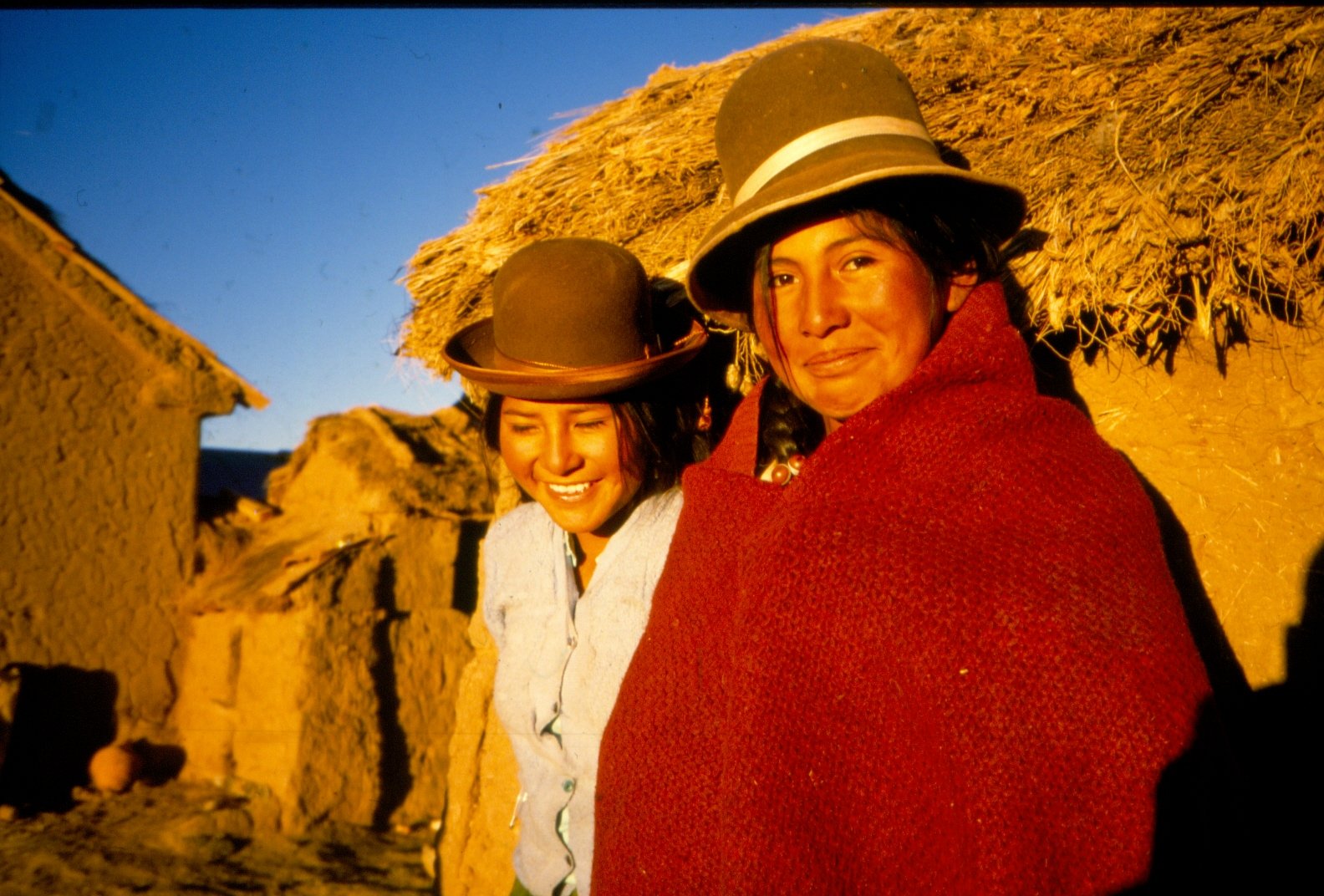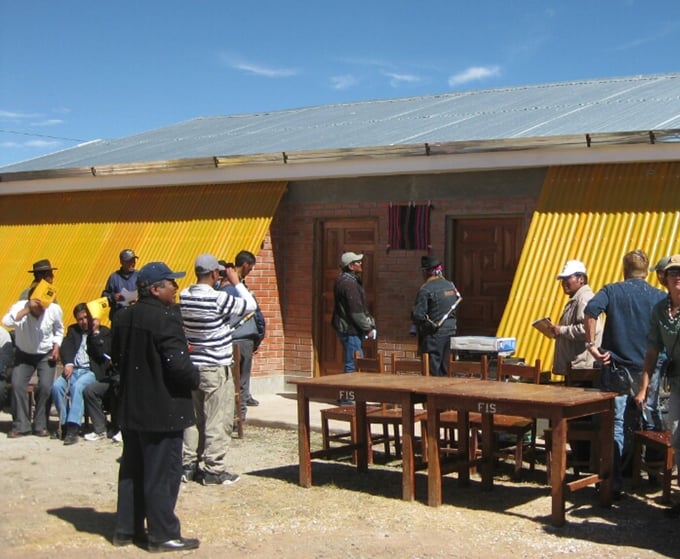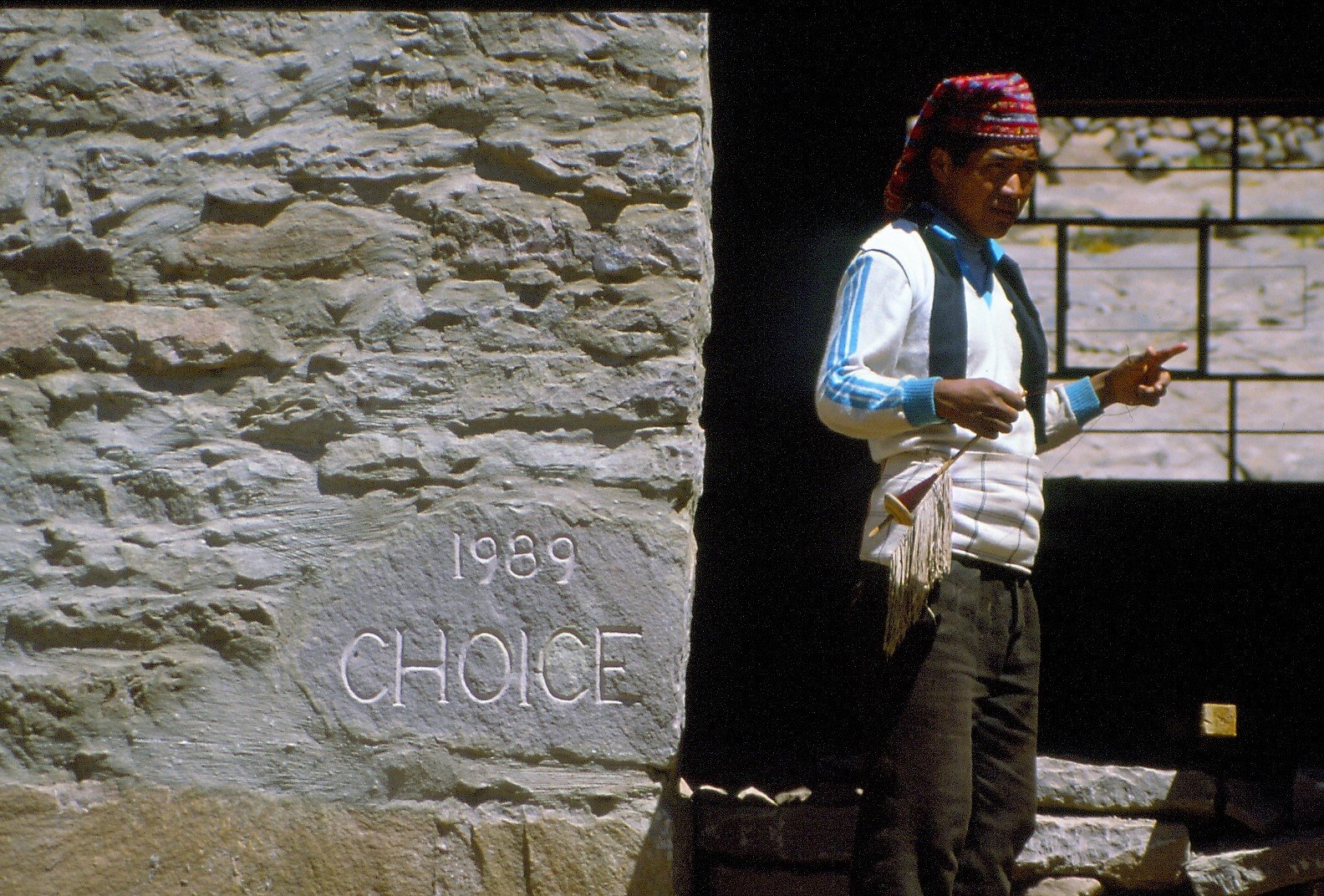Obstacles to Education in Bolivia
I have worked for CHOICE Humanitarian for over 20 years alongside my husband, Willy, who is the Country Director for CHOICE in Bolivia. I serve as the Director of Programs for the Bolivia team. In my role, I work closely with rural communities to support them in building paths out of poverty.
In Bolivia, CHOICE Humanitarian primarily works in the “altiplano” region, which sits over thirteen thousand feet above sea level. This is an extremely cold and dry environment with powerful sunlight for most of the year. As a region, the Altiplano lacks water, adequate soil, and good roads, making life even more difficult for rural communities. We grow a variety of potatoes and other crops and small animals, but it is difficult, and we have little margin for error.

The many children and youth in remote parts of Bolivia face tremendous challenges when it comes to access, quality, and transformative education. Many must walk long distances on poor roads just to attend elementary school, often in frigid air. High schools are few and far between, making it very difficult for the youth to continue their studies. Also, children frequently must work in the fields or tend to the animals, thus helping to take care of their families, instead of focusing on school. To make things worse, schools typically do not have electricity, much less internet.
Innovating the Learning Experience
During COVID, what would your children have done without ZOOM or online education? Imagine a 6-year-old just starting the first grade in 2020. Now, several years later, she should be entering third grade, but may not even know how to read. Without electricity, the internet, or any other communication devices, children in Bolivia are falling even further behind.
Our CHOICE team in Bolivia is working hard to address these challenges.
One innovative approach is what we call an “ecological classroom.” We replaced the sun-facing wall of a classroom with a translucent corrugated plastic cover to heat the building more quickly and thoroughly. We’ve always used this technology for greenhouses and for raising small animals, and we saw a unique opportunity to improve education outcomes by building schools this way. Now, we are even able to grow fresh produce inside the greenhouse area.

This makes a big difference in two ways: it first provides a much better learning environment for the students, especially in a place that has such cold weather and constant sunlight. Second, the schools are able to produce quality food for the children, who typically get little nutritious food to eat in the mornings. We partner with passionate teachers who have been very successful in getting kids to school and keeping them there.
Working Together

Another way we have worked to enhance education is through a partnership with Mike Libecki and the Joyineering Fund. In 2020, the Bolivia team identified a tremendous need for educational technology support in the Amazonian region of Ixiamas. Thanks to Mike and several other partners, a new school has been built with solar panels, internet, and custom laptops for two communities in the region. inequality is increasing between those who have access to technology and those who do not. This cutting-edge project seeks to level the playing field by providing a better educational environment, increasing access to quality education materials, and reducing dropout and literacy rates.
We believe that through technology we can bridge the digital divide and give them the same opportunities as other kids around the world.
Why do I work for CHOICE? I ask myself that question often. The answer is very simple: CHOICE carries the important message of hope in the transformative capacity of people. People can change through honest and fair work. CHOICE facilitates and integrates all the stakeholders: parents, governments, teachers, doctors, and businesses to achieve common goals. It feels good to support this kind of collaboration.
We call on each of you to keep shaping and building that hope which transcends families, communities, and countries.